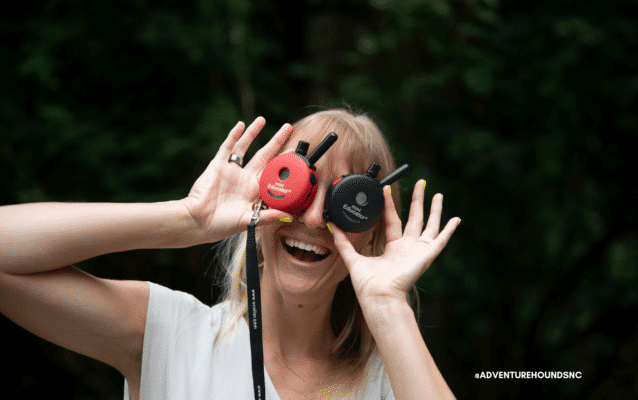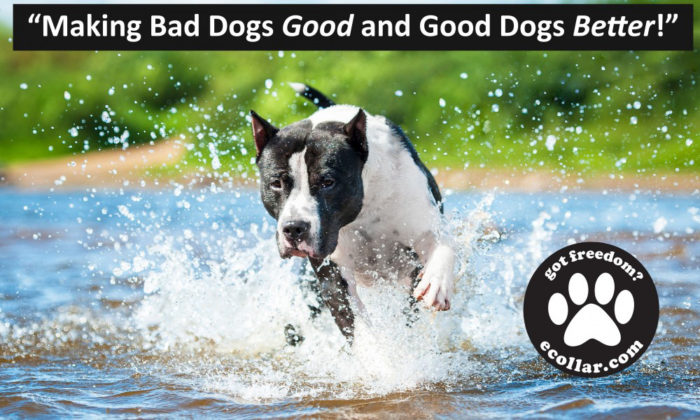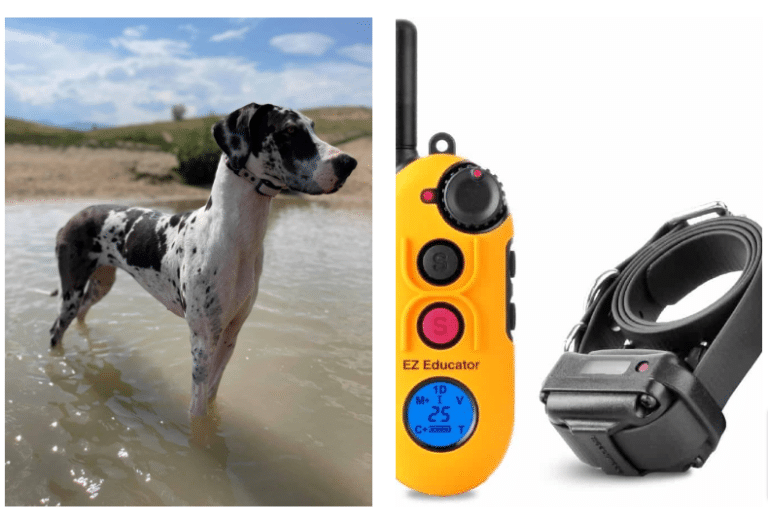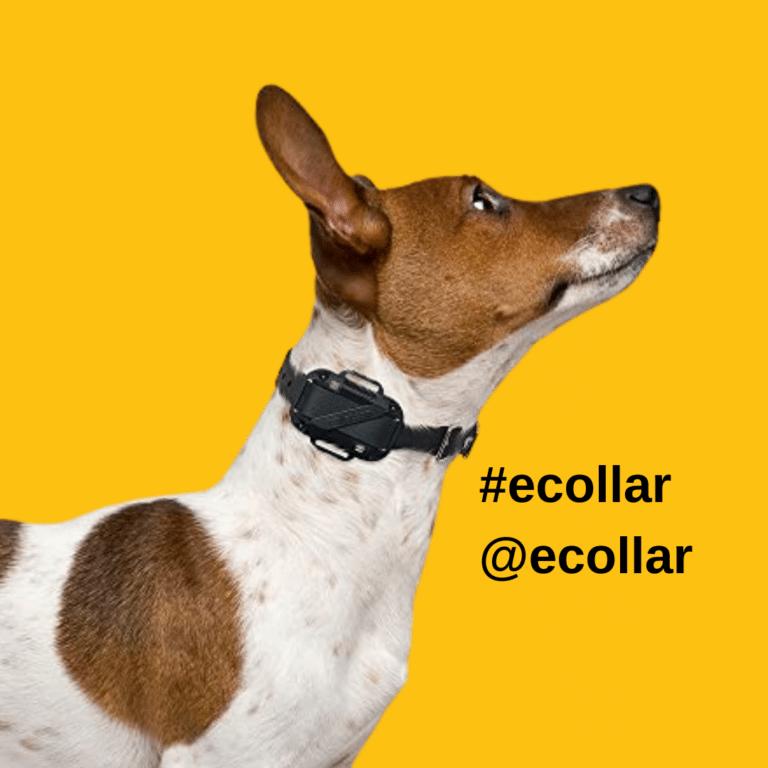The E-Collar: A Communication Device

Written by Samantha Ewashko, M.A. with Adventure-Hounds.com
Hi, my name is Sam, and I am a Dog Trainer but first and foremost a Dog Owner who is intent on building a lifestyle that gives my dogs the best life ever! When I say best life ever, I mean, access to hiking, camping and exploring the outdoors, as well as a healthy and regulated nervous system. A lifestyle balanced with plenty of genetically fulfilling experiences (like off-leash hiking) as well as intentional calm time so that their bodies can rest and reset.
Let me tell you about my experience with e-collars. I first picked up an e-collar after my dog, Hanalei, took off chasing deer in the remote mountains of New Mexico. I had “trained” her recall using positive reinforcement, but the truth is, that training was no match for a high prey drive dog. So while she disappeared for 30 minutes, I spent those 30 minutes hysterically crying, screaming and hyperventilating. I got her back (she found me), drove back into service, and ordered myself the Mini Educator. I knew so very little about e-collars back then, but I had heard that they could be used for recall.
I then went on a journey of learning to use the e-collar. I wanted to be sure I did it right! I worked with an experienced trainer who taught me how to use it for recall, and then we went on to using it for things like heeling, obedience commands, and more.
At one point, after starting to use the e-collar for more than just recall, I remember turning to my friend (who also was new to using the e-collar with her dog), and saying I was worried the e-collar would change my relationship with Hanalei. And the truth was: it WAS changing my relationship with Hanalei. For the better! That was a crucial turning point in our training where I started seeing Hanalei turn into a calmer, more relaxed dog compared to the bundle of anxiety she was before. It threw me off simply because it was “different”, but looking back I love that I overcame that moment because Hanalei and I now have one of the strongest relationships I could have ever imagined.


Now, here’s the dog trainer in me! I’ve been training dogs since 2004 and here’s what I want to convey to owners and dog trainers alike about the e-collar:
The e-collar is most successful in shifting your dog into a happier, calmer, better dog when it’s primarily used at a lower level as a communication device, rather than a higher level as a correction.
When an e-collar is brought into an owner’s life with the primary function of it to be used as low-level communication, it shifts your entire mindset around what an e-collar is, and what it can do. We don’t use e-collars to intimidate, cause fear or pain, or to suppress any natural dog behaviors. I’ve watched my clients witness this in their own dogs. Some clients come in with hesitations about the e-collar, and then when they learn how to use it for communication rather than correction, it opens up their world.
In addition, we live in a world where e-collars are one of the most heavily misunderstood tools in dog training. I want to ensure we have e-collars in our world for a long time to come, and so as dog trainers, we need to ensure we are using these tools mindfully. I’ve had clients who come to me after being told to only use an e-collar to correct bad behavior, and frankly, I don’t believe that is a healthy way to use e-collars. I believe in teaching others that the e-collar is used primarily as communication.

Here’s a real life example from one of my clients:
My client, let’s call her Jane, had a dog who’s dog developed reactivity towards other dogs. Jane was struggling, and she sought out help from a trainer who used e-collars. Jane was taught to only use the e-collar to “correct” the reactivity (barking, lunging, fixating), and to go up higher and higher on the e-collar until her dog stopped. Jane tried this method for several months, but it just didn’t work. She noticed her dog getting more and more reactive with time.
Fast-forward to a year later, they ditched the e-collar, and Jane’s dog is still reactive and struggling. Luckily, Jane was willing to give the e-collar another go and she reached out to me. The biggest problem I saw was that when Jane’s dog was being corrected during the reactivity, the dog was never actually taught what to do instead of being reactive. And here’s the definition of correction: “a change that rectifies an error or inaccuracy.” Jane’s dog was never taught the correct way to walk past a dog on a leash! So how on earth could a correction “rectify” that inaccuracy?
It couldn’t, and didn’t.
So Jane came to me, and we worked on low level communication with her dog to teach her how to walk nicely on a leash. Jane and her dog are now thriving on their walks! All because of using the e-collar as a low level communication device.
I hope this helps you, wherever you are on your e-collar journey, to mindfully consider how you bring this tool into the lives of your dog, any owners you might work with, and yourself. I genuinely wish you the best!
Follow me on Instagram for more tips and real-life examples of how to use the e-collar as communication: @AdventureHoundsNC






